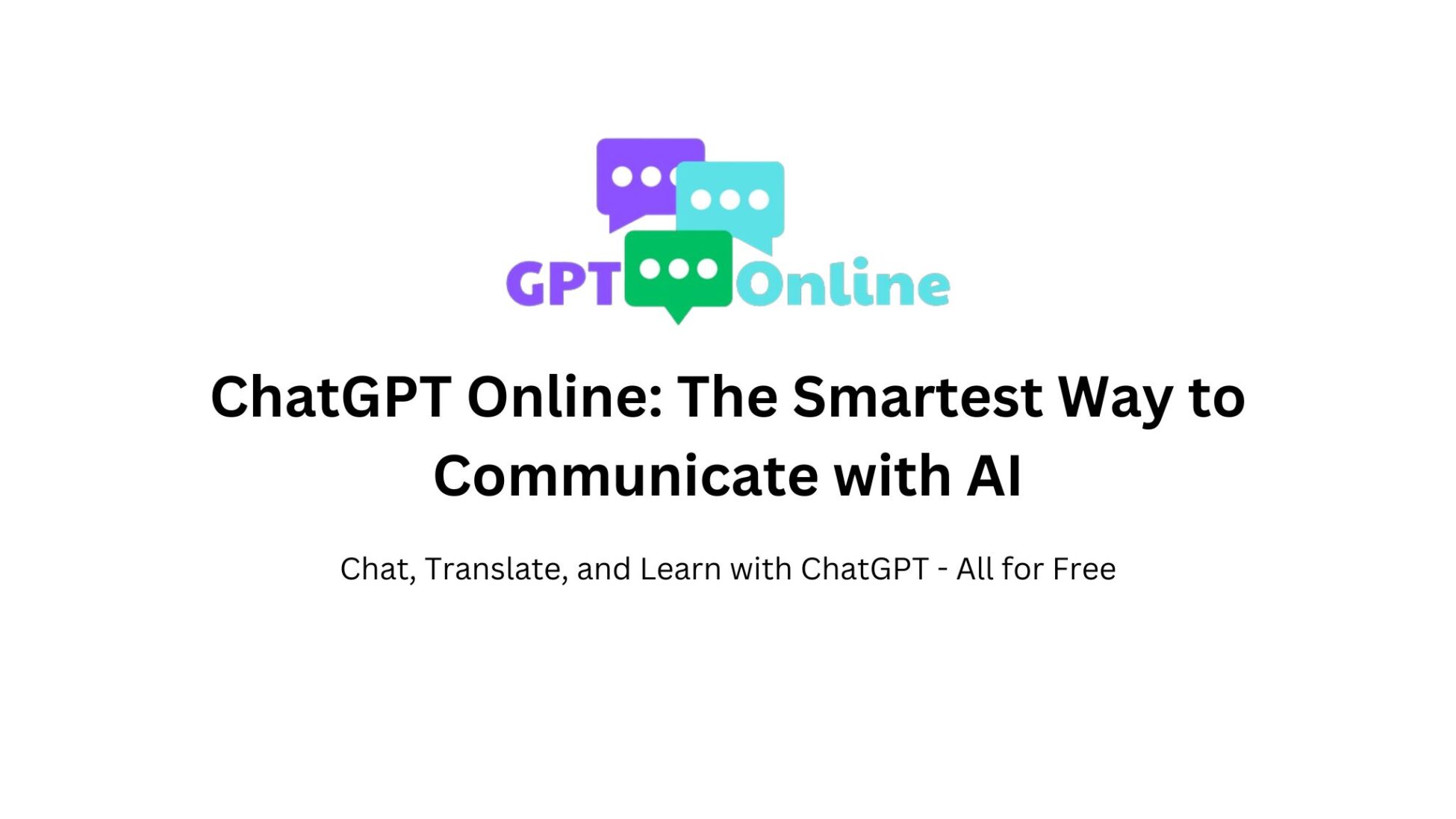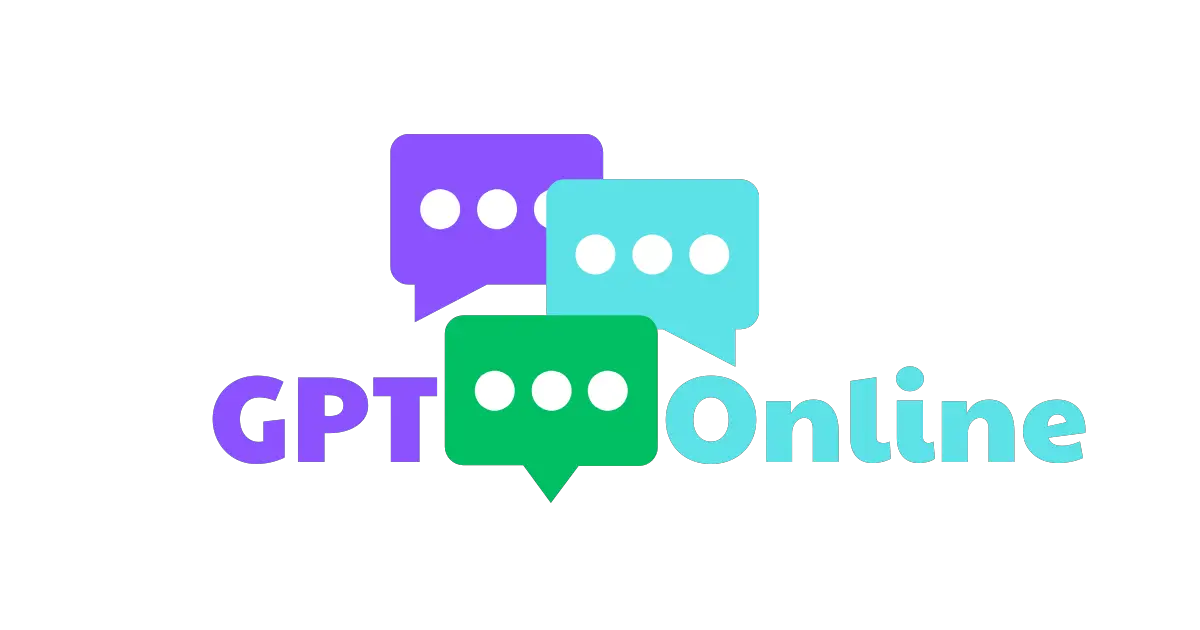A Historians Guide to ChatGPT Analyzing Archives Without Bias
-
A Historians Guide to ChatGPT Analyzing Archives Without Bias
For centuries, the work of a historian was a physical endeavor defined by dusty archives, delicate manuscripts, and meticulous, manual cross-referencing. Today, a new and profoundly powerful assistant has entered the reading room: the large language model, or LLM, exemplified by ChatGPT. This technology offers the potential to process, summarize, and find patterns in vast digital archives at superhuman speed. However, for a discipline built on context, nuance, and a strict adherence to primary sources, AI presents a dangerous trap.
An LLM is not a historian; it is a “presentist” mirror, trained on the 21st-century internet. It is inherently biased toward modern language, ethics, and worldviews. If used naively, it will flood historical analysis with anachronisms, misinterpretations, and even outright fabrications. This guide is for the serious historian on how to leverage this transformative tool while actively neutralizing its inherent risks, turning a potential liability into an unparalleled research asset.
Understanding the AIs Built In Historical Biases
Before you can use Chat GPT effectively, you must understand its limitations. Its “knowledge” is not a curated encyclopedia of human history; it is a statistical model of language patterns from its training data. This creates several core problems for a historian.
First is anachronism. The AI does not understand that words change meaning over time. If you ask it to analyze a 19th-century letter discussing “liberty,” it may interpret that concept through the lens of 21st-century social justice rather than 19th-century classical liberalism or nationalism.
Second is training data gaps. An AI trained on the internet knows exponentially more about the American Civil War than it does about the pre-colonial history of the Đại Việt. For scholars working in non-Western or under-digitized fields, the AI’s blind spots are significant and it may confidently “hallucinate” information to fill them.
Third is bias. The AI’s training data reflects the biases of the internet, which is predominantly Western, English-speaking, and modern. It may oversimplify complex events, favor “Great Man” narratives, or misunderstand cultural concepts that are not part of the dominant online discourse.
The Historian as AI Director Powerful Use Cases
The secret to using AI in history is to never ask it to be an author or an interpreter. Instead, you must act as a director, assigning it specific, processor-intensive tasks that humans do poorly or slowly.
Task One Processing and Summarizing Large Text Archives
The primary strength of an LLM is language processing. Digitized archives, diaries, government reports, or vast collections of letters can be fed into the AI to extract key information.
Instead of asking “What was this person’s life like?” (an interpretive question), you should ask: “Here are 50 pages from a diary. Summarize the main events discussed, list all proper names mentioned, and extract all dates and locations.”
Task Two Identifying Patterns and Networks
Historians often look for connections. You can provide the AI with a set of documents and ask it to function as a data analysis tool.
A powerful prompt might be: “Here are 100 letters from a merchant in 18th-century Hanoi. Cross-reference these letters and identify every person who is mentioned in connection with the trade of silk. Present this as a list of names and the number of times they appear.”
Task Three Translation and Language Modernization
LLMs are excellent translators. They can provide a solid first-pass translation of documents in archaic French, German, or even help make sense of older forms of Vietnamese.
The key is to ask for a literal translation. You can prompt: “Provide a literal, word-for-word translation of the attached text. Then, provide a second, natural-language modernization of the text. Do not add any interpretive context.”
The Critical Framework How to Avoid AI Generated Anachronisms
Here are the practical rules for keeping your research clean and rigorous while using AI.
Never Ask for Interpretation Only for Information
This is the most important rule. Do not ask “why” or “what was the impact of.” These questions invite the AI to speculate and apply its modern biases.
-
Bad Prompt: “Why did the French colonial government implement this policy in Vietnam?”
-
Good Prompt: “According to the provided document, what were the stated reasons for implementing this policy?”
Use Restrictive Prompting to Define the Context
You must strictly limit the AI’s “knowledge base” to the primary sources you provide. This prevents it from pulling in contaminated, anachronistic data from its general training.
-
Bad Prompt: “Analyze this 1910 report about a tax revolt.”
-
Good Prompt: “Using only the text from the 1910 report I have provided, list the grievances mentioned by the protestors. Do not use any information not explicitly stated in this document.”
Scrutinize Every Noun and Adjective for Bias
An AI will naturally reach for modern, loaded language. Words like “progressive,” “reactionary,” “oppressive,” “liberation,” or “problematic” are red flags.
-
Bad Prompt: “Was this 18th-century ruler a good leader?”
-
Good Prompt: “List the policies enacted by this ruler as described in the provided texts. Then, analyze the sentiment of the author of Document A toward these policies.”
Always Verify AI Generated Citations and Facts
An LLM’s primary directive is to provide a confident-sounding answer. If it does not know a fact, it will often “hallucinate” one, complete with a fake source or citation. This is poison for historical research. Any specific date, name, or claim generated by the AI must be treated as unverified until you have manually cross-checked it against a reliable primary or secondary source.
The Historians Future
The rise of ChatGPT does not replace the historian; it enhances the historian’s most important skills. The manual labor of sifting through data is automated, freeing the scholar to focus on the truly human work of critical analysis, interpretation, and contextualization.
For students and researchers just beginning to explore these methods, accessible platforms like https://gptonline.ai/ offer a ChatGPT free online experience. This allows for safe experimentation with these prompt-engineering techniques without a significant financial investment. By treating the AI as an incredibly fast, multilingual, but profoundly unintelligent assistant, the historian can unlock new frontiers of research, turning the digital deluge of archives from a burden into a breakthrough.
gptonline.ai
ChatGPT Free Online: Try AI Chatbot Without Registration
ChatGPT Free Online offers free and unlimited chats with advanced ChatGPT AI. Get answers instantly, translate text, and access expanded knowledge with our intuitive platform.
-
Sorry, there were no replies found.
Log in to reply.


